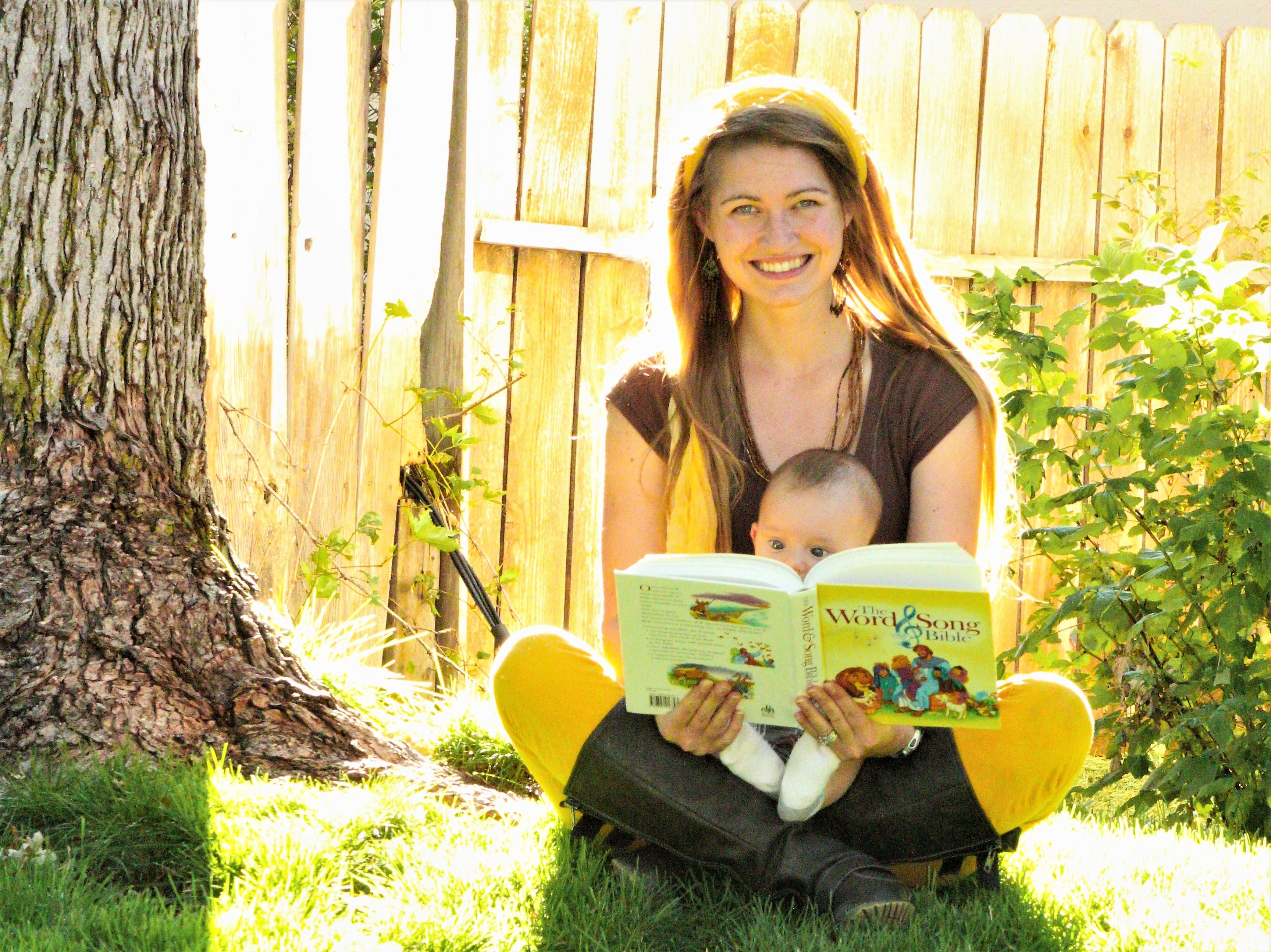If you have been following my blog and posts, then you will know that I am a HUGE proponent of reading and early literacy! In fact, one of my absolute favorite ways to pass my time with my children is to read to them.
Reading to children from a young age offers multiple benefits. An article from PBS Kids lists several reasons that reading aloud to your children is important. Kids will have a broad vocabulary, strong early literacy skills, improved syntax, and more! Without further ado, let’s dive into ways to read to your tot!
Let’s Water the Sponge!
1.) Let your child take the lead. In the past, I have talked about letting go a little bit and having your child be the driver. If she is the one who selects the book, then she is likely to engage with it. When a child is focusing and paying attention then she will be able to absorb the information that is taught to her.
A great way to do this is by offering choices. Stand up a half-dozen books or so on a dresser or table top. Ask your child which book she wants to listen to and have her point to it. You can work this ritual into bedtime routine, which will give your child something to look forward to. When it comes to books, don’t be afraid to follow your child’s lead!

2.) Don’t read the words on the page. This might sound counterintuitive, but sometimes the words are too much for children. Tailor the book to your child’s needs and use your imagination. In other words, use the book as a guideline instead of a rule.
Walk your child through the book page-by-page. Look at the pictures and describe what is going on in the pictures. Use 1-3 word phrases to tell the child what is happening. Label objects and give brief sentences so that your child can digest the information. This approach works particularly well for children who are wiggly and don’t yet have the attention to sit through a lengthy story!
With older children, have them use the pictures to tell you the story. Ask them to describe what they think is happening on each page. You can have them re-tell you the story, or, you can give them a novel book (pun intended!) and have them tell you what they think the story is about.
3.) Get in character! When reading stories to your child, keep it light and engaging by using different character voices. This will enrich your child’s experience with books and allow him to better envision what is being talked about. It might seem odd and uncomfortable at first for some of you, but once you get into the swing of things, you might find that you rather like play-acting!
4.) Point to objects as you talk about them. As you read to your child, point to the objects that are being talked about. This will solidify your child’s understanding of the words that are being read to him. In addition, this will teach him how to point if he isn’t already doing so.
If your child is starting to point, then you can ask him to point to various items in the book. This is a great opportunity to see whether or not he understands what you are talking about. If not, then you can gently correct his understanding by using hand-over-hand to guide his finger to the designated object.

5.) Talk about how the stories relate to your child’s everyday life. As you read aloud to your child, talk to him about how the objects and characters are present in his life. For instance, if there is a story about a child playing with a ball, then tell your child something like, “This little girl is playing with a ball. We played with your basketball earlier today. Remember making baskets?”
Similarly, you can talk about various characters – brothers, sisters, grandparents, and so on – and how they have relatives too! The sky is the limit with this task. You are the expert on your child and his experiences! Therefore, it is up to you to draw the connection for your child and to show him how the story relates to his life.
An additional tip: Yes, it is important to talk about how the story relates to everyday life as you read it. However, after you read the book, relate the story to his everyday life. If you recently read the book “Goodnight Moon” and the moon is out, then point out the moon in the sky and make the connection between the real moon and the pretend moon in the book.
Furthermore, you can recite stories that you have memorized to your child during the day – this is especially great when you’re in a waiting room and didn’t bring anything to do! You can act out the stories that you read (our oldest currently loves acting out “Can I Play Too?” by Mo Willems.) You can take the story and change it to match your environment – instead of “Brown bear, brown bear, what do you see?” you can swap out the words to, “Child’s name, child’s name, what do you see?” The possibilities of translating books into the real world are endless!
As always, I hope that you found this post useful! What unique reading techniques do you use at home to engage with your little one? Let me know in the comment section below!



